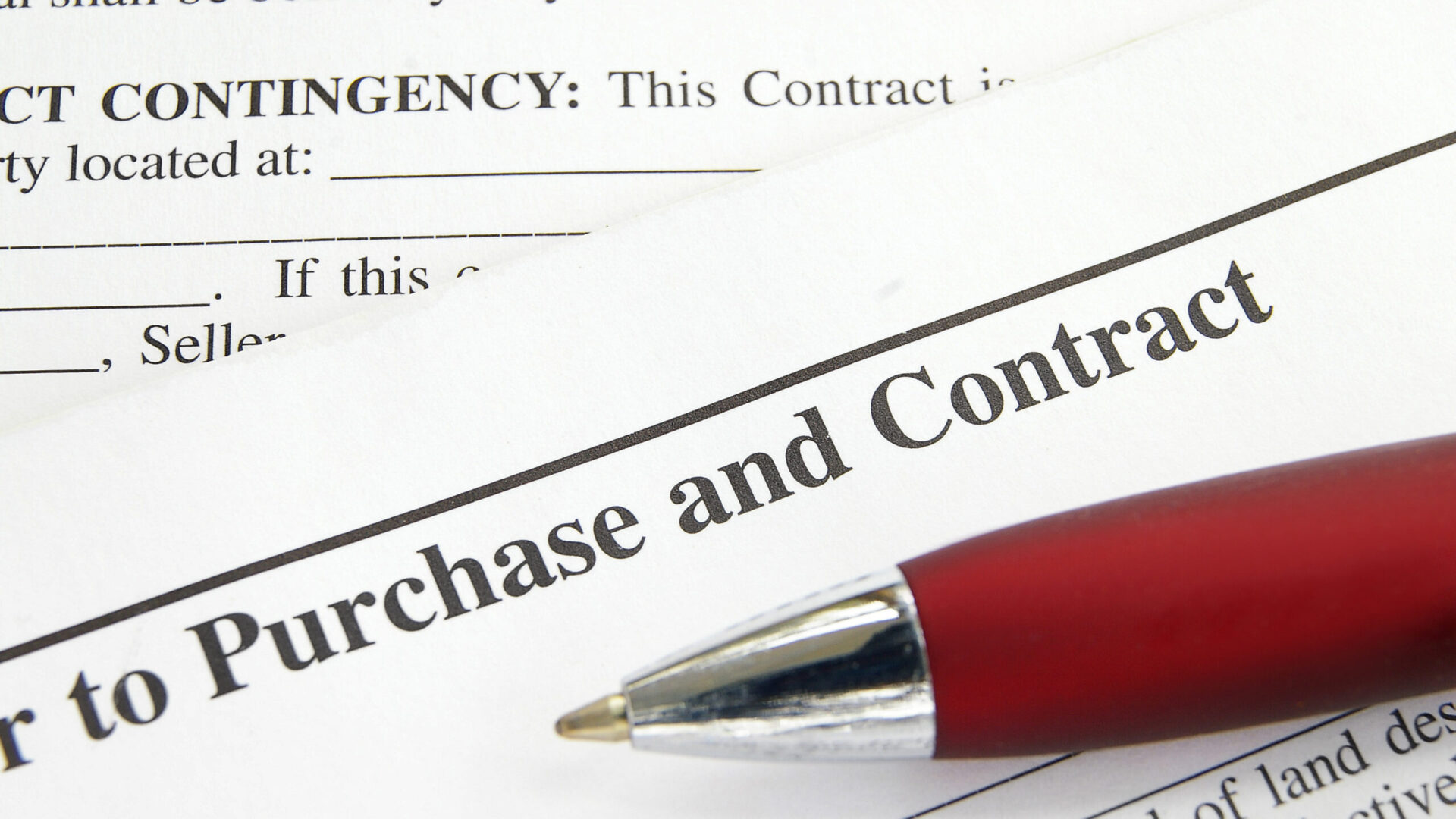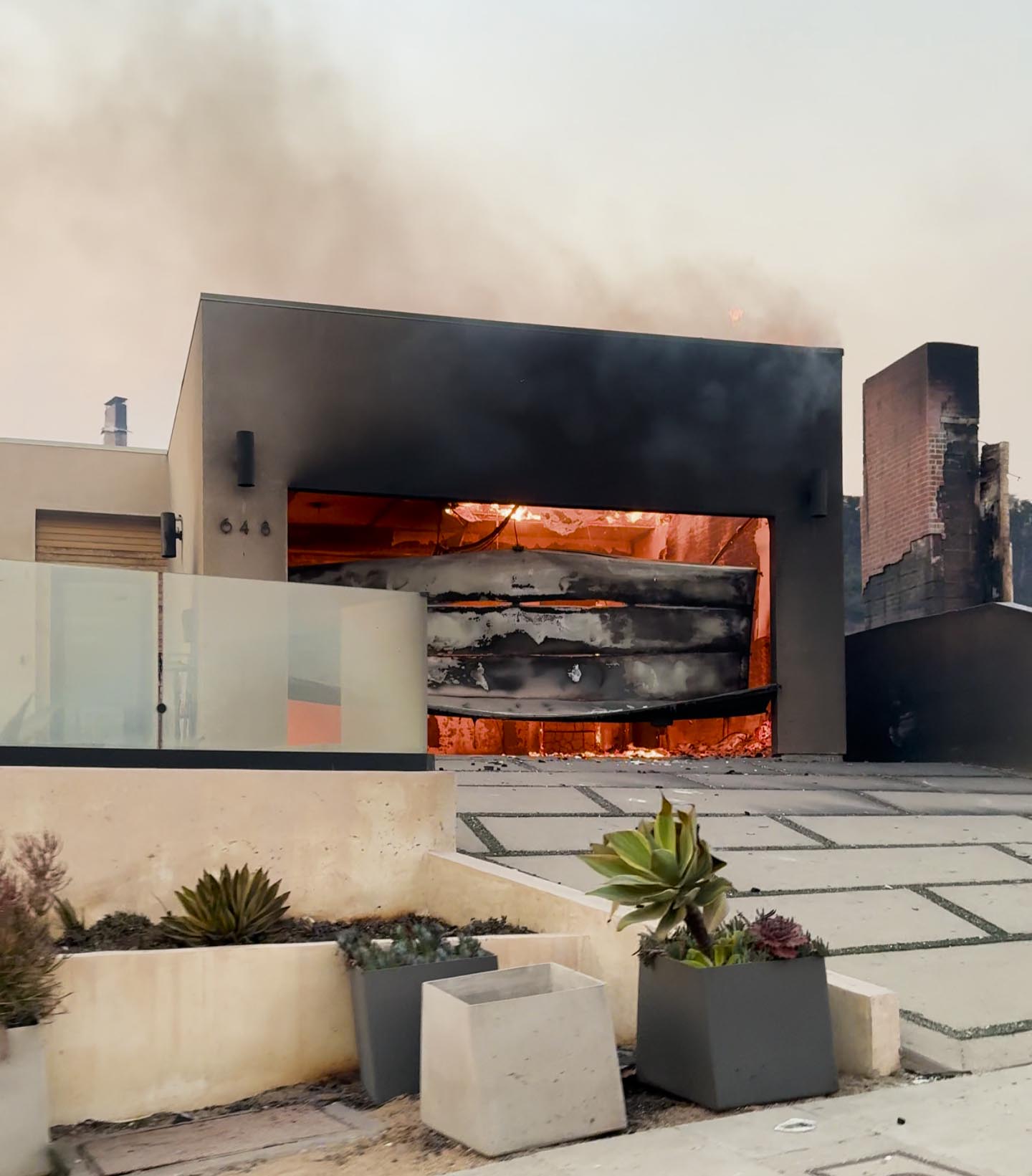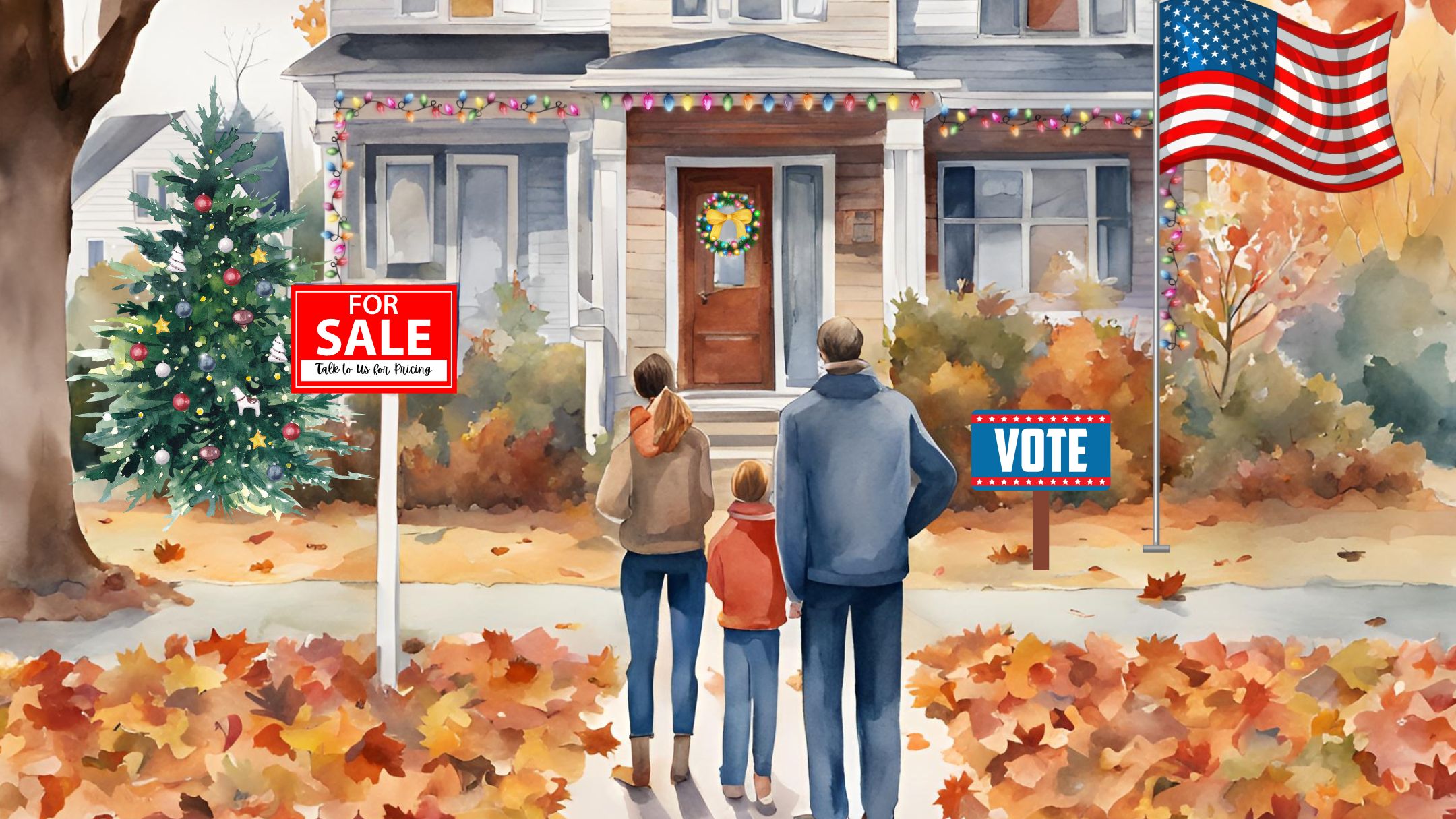Of course, what a statement like that generally refers to is a contingency on the sale of the buyer’s current home. While some buyers may request such a contingency, it is very uncommon in a strong seller’s market, and few sellers would be willing to accept it.
Common Continengies
There are a few other approaches that could be explored which a seller may consider and both buyers and sellers may wish to discuss these with their agent.
The most common contingencies in home purchase contracts involve property investigations, financing and appraisals. It may be useful to briefly consider each of these.
Many sellers tell their agent they expect to sell the property “as-is”. The fact is that the standard purchase contract in California now specifies that the buyer is buying it in its present “as-is” condition, but that the buyer has a right for an agreed period of time to find out what that condition consists of.
Typically, the inspection contingency period is between seven and seventeen days, and buyers might choose to have various specialists check things out in addition to a general building inspection. This may include inspections for termites or dry rot, sewer line or chimney scoping (with a camera), or a closer look at possible environmental issues such as mold. Other inspections often performed are to check the condition of the roof, drainage or geology of a property (especially on a hillside).
What if there are Contingency Issues?
If a buyer finds various conditions that are not fully acceptable to him or her, they may request the seller either resolve the situation or provide a credit in the escrow to offset the cost of work requested. The seller may elect to accept the request, reject it, or propose a compromise. It will then be up to the buyer to accept the seller’s response or not, or to suggest an alternative compromise.
Another key contingency in the contract is the loan contingency. Most contracts provide a period of 17-30 days for the buyer to obtain loan approval and an appraisal sufficient for the lender to underwrite and fund the loan. Due to a rapidly appreciating market and increased government regulations, the process of obtaining a loan has become more difficult.
It is not unusual for buyers to request a time extension to remove their financial contingency, and sometimes a second appraisal is required which may delay the process another day or so.
Contingencies in HOA Situations
If the purchase is in a homeowner’s association, the buyer has several days to review the association bylaws, budget, minutes from meetings, etc. Special assessments and increased monthly payments may become issues.
The contingency periods protect the buyer from having their deposit at risk until they have removed all of their contingencies. If they do not remove them by the dates agreed upon, and if an extension of time is not mutually accepted, the seller may issue a “Notice to Perform.”
This notice typically will give the buyer two days to either remove contingencies or risk the seller then cancelling the escrow if the seller chooses to.
Both buyers and sellers should discuss these and many related issues with their agent before entering into a purchase agreement. Misunderstandings or false expectations can be avoided by doing so, and smoother transactions are much more likely to close as desired by all parties.




